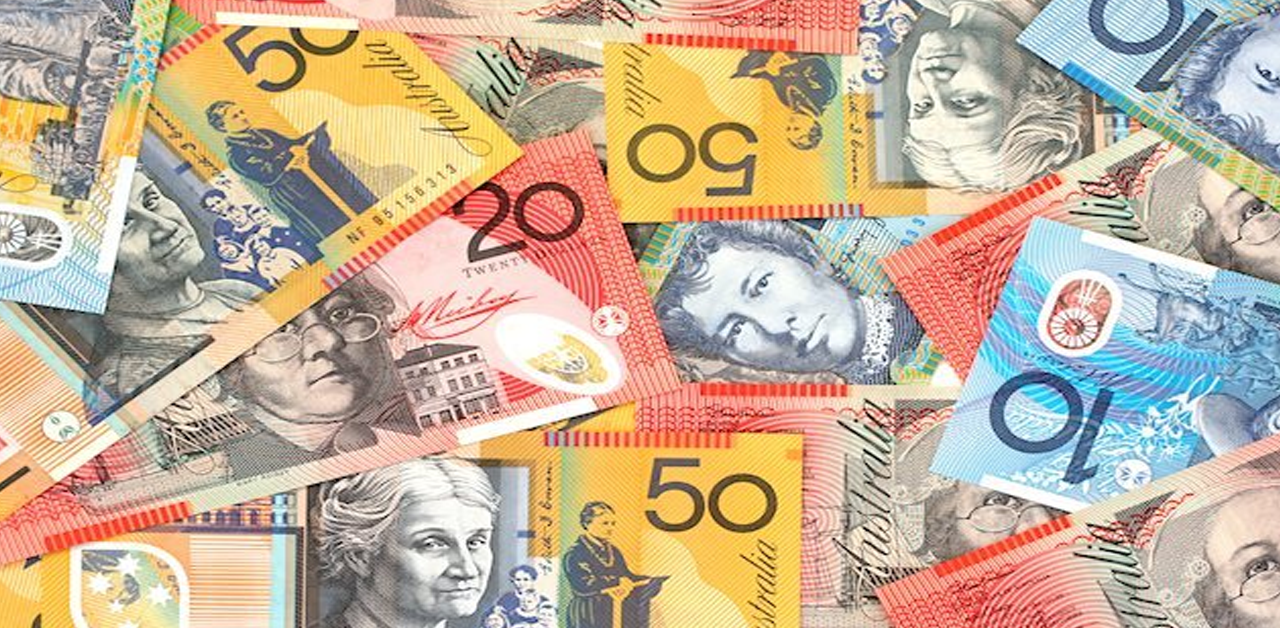Australian Dollar Declines as US Dollar Gains Strength Ahead of CPI Inflation Data
The Australian Dollar (AUD) has weakened against the US Dollar (USD) following an unexpected rate cut by the Reserve Bank of New Zealand (RBNZ) on Wednesday. The RBNZ reduced its Official Cash Rate (OCR) by 25 basis points to 5.25% from 5.50%. Given the close economic ties between Australia and New Zealand, developments in one country can influence the other, impacting their respective currencies.
Despite this, the AUD found some support from recent data showing that Australian wage growth remained strong in the second quarter, leading the Reserve Bank of Australia (RBA) to maintain a hawkish stance on its policy outlook. The RBA kept the cash rate steady at its meeting last week, aiming to return inflation to its 2-3% target range.
RBA Governor Michele Bullock ruled out the possibility of rate cuts within the next six months, emphasizing the bank’s cautious approach to inflation risks and its readiness to raise rates if necessary. Traders are now focused on the upcoming release of Consumer Inflation Expectations and Employment data from Australia on Thursday.
The AUD/USD pair saw support as the US Dollar retreated following weaker-than-expected Producer Price Index (PPI) data from the United States (US) released on Tuesday. Investors are now looking ahead to the US CPI inflation report on Wednesday, which could provide insights into the Federal Reserve’s (Fed) interest rate strategy.
Market Movers: Potential for Australian Dollar Appreciation Amid RBA’s Hawkish Stance
On Tuesday, Atlanta Fed President Raphael Bostic expressed increased confidence in the Fed’s ability to achieve its 2% inflation target, though he noted that more evidence is needed before supporting a rate reduction, according to Reuters.
The US Core Producer Price Index (PPI) rose by 2.4% year-on-year in July, down from the previous 3.0%, and below the expected 2.7%. The overall PPI increased by 2.2% YoY in July, compared to 2.7% in June, missing the market forecast of 2.3%. Month-over-month, PPI rose by 0.1% after a 0.2% increase in June.
In Australia, Westpac Consumer Confidence rose by 2.8% in August, reversing a 1.1% decline in July. Meanwhile, the Wage Price Index saw a 0.8% rise in the second quarter, slightly below the expected 0.9% increase.
RBA Deputy Governor Andrew Hauser attributed persistent inflation to weaker supply and a tight labor market, noting the significant uncertainty surrounding economic forecasts.
However, the AUD’s upside could be limited by safe-haven flows due to rising geopolitical tensions in the Middle East. On Sunday, Defense Minister Yoav Gallant informed US Defense Secretary Lloyd Austin of Iran’s military activities, which suggest preparations for a significant strike on Israel, according to Axios writer Barak Ravid.
Federal Reserve Governor Michelle Bowman also stated on Sunday that she sees ongoing inflation risks and labor market strength, indicating that the Fed may not be ready to cut rates at their next meeting in September, according to Bloomberg.
Westpac recently revised its RBA forecast, now predicting the first rate cut in February 2025, delayed from the previously expected November 2024. They also adjusted their terminal rate forecast to 3.35% from 3.10%, reflecting the RBA’s cautious approach, requiring stronger evidence before considering rate cuts.
Technical Analysis: Australian Dollar Trades Near 0.6650
The Australian Dollar is trading around 0.6640 on Wednesday. Technical analysis of the daily chart shows that the AUD/USD pair is moving within an ascending channel, indicating a strengthening bullish trend. The 14-day Relative Strength Index (RSI) has also moved above the 50 level, confirming the bullish momentum.
On the upside, the AUD/USD pair may test the upper boundary of the ascending channel at the 0.6675 level. A breakout above this level could propel the pair toward its six-month high of 0.6798, achieved on July 11.
In terms of support, the AUD/USD pair could test the nine-day Exponential Moving Average (EMA) at 0.6587, followed by the lower boundary of the ascending channel and the throwback level at 0.6575. A drop below this level could lead to a bearish outlook, potentially pushing the pair toward the throwback level at 0.6470.












